Abbeytown House in Crossmolina takes its name from the ruins of a 14th-century monastery outside the north Mayo town, as does the surrounding townland of Abbeytown.
It was constructed by the Orme family with masonry taken from the monastery, and a collection of excerpts from press and book cuttings the owner has retained over the years gives a most interesting insight into the goings on at that time.
In the History of the Irish Church from 1876 it says “A Major Orme, some years ago, to show his sincerity of his hatred to the religious establishments of property, demolished the ruins [of the monastery] and erected on the site of the abbey church a mansion.”
But Maj Orme did not get to enjoy his home that much as the feature goes on to tell that he died a pauper there. Not only that, but after his death his body was taken by a creditor and the corpse of the British army officer was not released until the account was settled in full.
The 12 standout homes of 2025 chosen by our property writers
Must all property types in a multi-unit scheme pay equal share of building insurance premium?
Look inside: Artists create a living studio in their Victorian home in Dublin
50 great Irish brands to gift for Christmas, from fashion to food, jewellery to beauty
The property is also mentioned in the book The Parishes in the Diocese of Killala by Rev Edward McHale, who writes that Abbeytown House was purchased by Anthony Carolan in 1850.
It appears that the house standing there today is what Carolan constructed in or about 1850 (and confirmed by the entry in National Inventory of Irish Heritage) as the older original part of the house from Maj Orme’s time was much extended over the years.
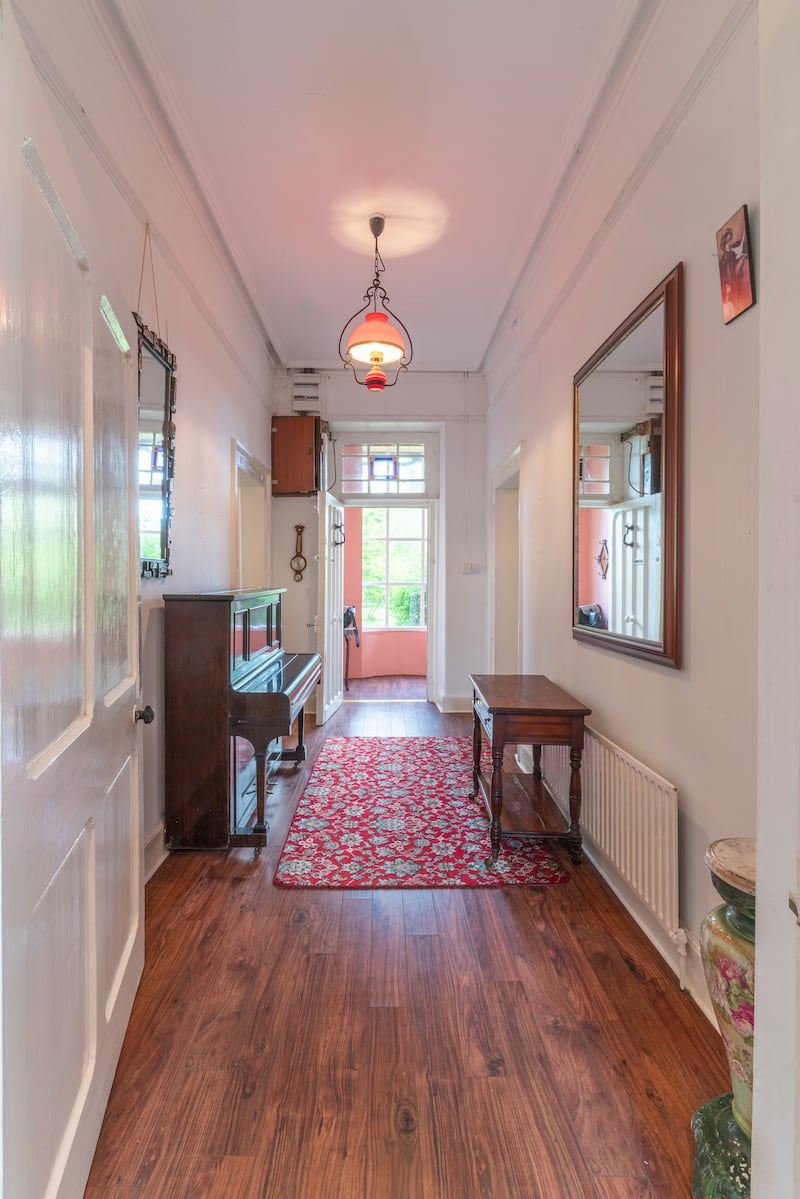
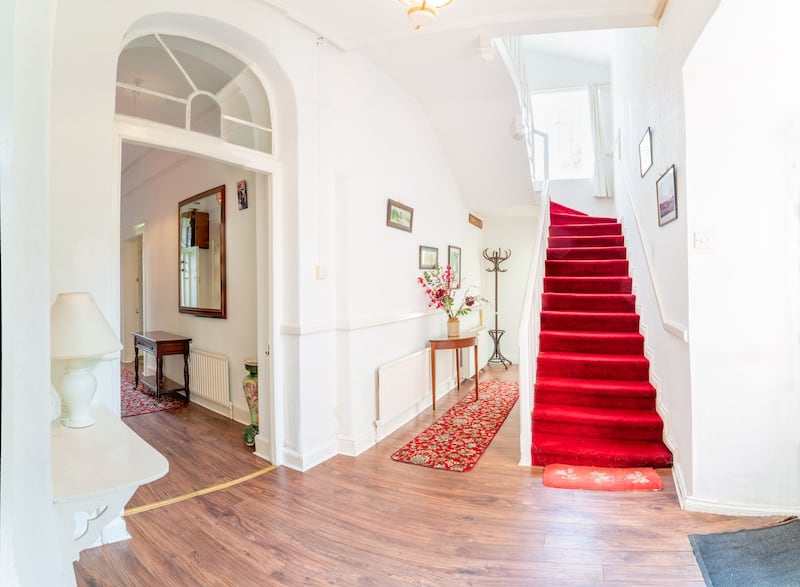
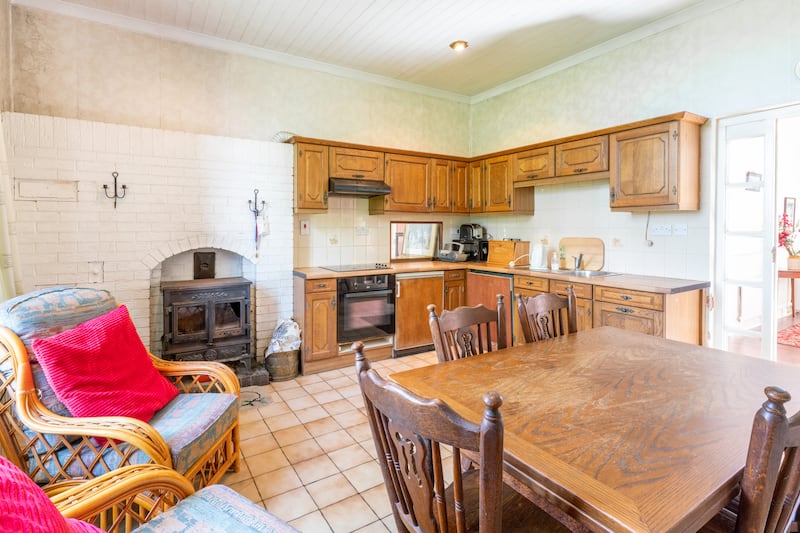
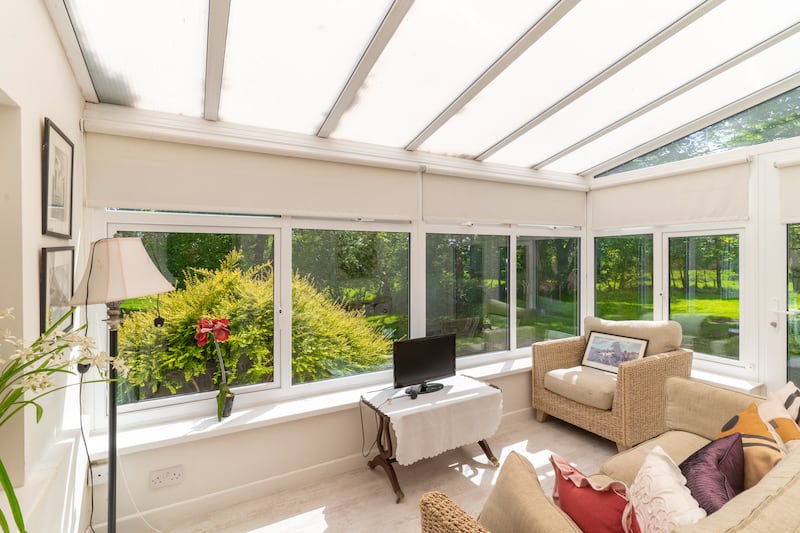
It was then occupied by the clergy for a number of years until a local presbytery was built. After this it was home to Dr Michael (Mick) Loftus, a local GP and All-Ireland winner with Mayo, who was also president of the GAA.
Dr Loftus died aged 93 last month, and thousands lined the main street in the town to pay homage to Crossmolina’s “humble giant”.
Current owners purchased the three-bay two-storey farmhouse from Dr Loftus in 1978 and now it is time to move on and find new custodians for this lovely slice of history. The property is now on the market through Tuohy O’Toole, seeking €295,000.
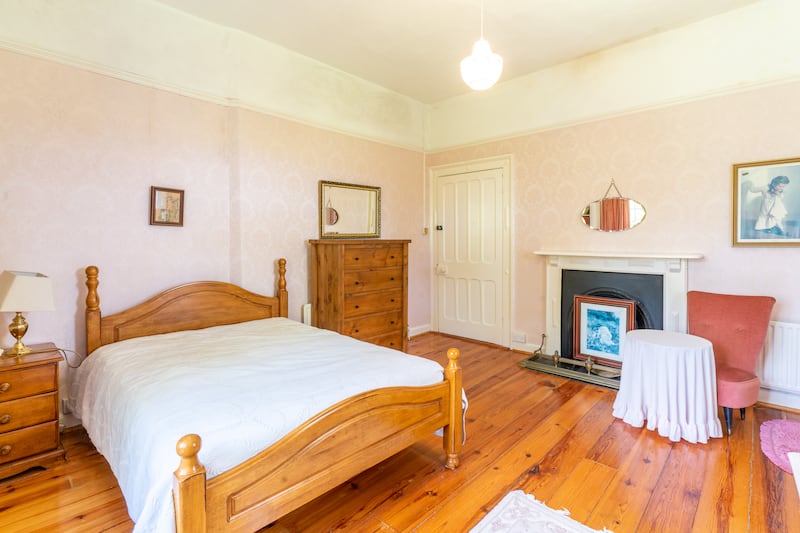
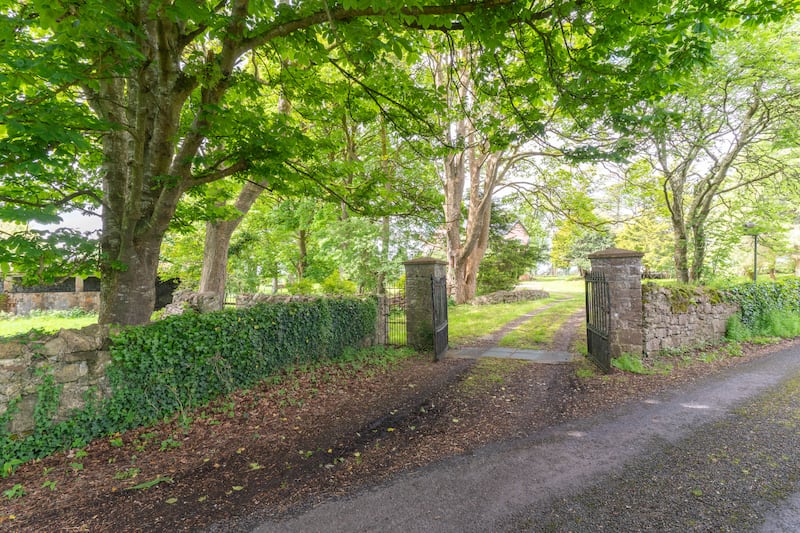
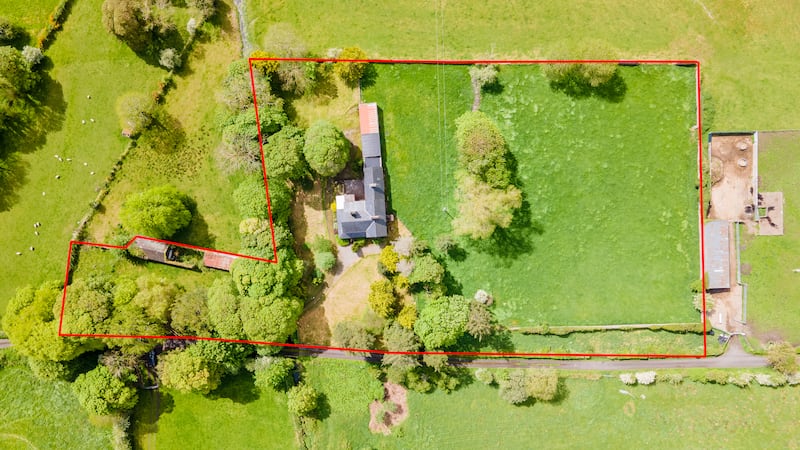
Sitting on 3½ acres of mature gardens in a quiet bucolic setting among farmlands, the house is just a kilometre from the town.
And while it needs some work, the bones of a lovely period home are here, with high ceilings, coving and period fireplaces. It also has some stained glass in the doorway: “We were always told that the colours on the glass meant that people knew they could come here and get fed,” says the owner of the original house that would have been standing when this part of Mayo was crippled with abject poverty, famine, fever and dysentery, so much so that graves were left open as people were dying in such numbers both during and after the famine .
Extending to a considerable 236sq m (2,540sq ft) with a Ber of D2, the house has two reception rooms, a kitchen and a conservatory on the ground floor with three fine bedrooms upstairs.
The self-contained annex has a kitchen-diner, a livingroom and bathroom at garden level with two en-suite bedrooms upstairs.
It’s location in north Mayo is about a 10-minute drive to Ballina, where there is access to commuter trains to Dublin, and Knock Airport is about 1½ hours away. Amenities include a wealth of walks, hikes and safe deserted beaches at the edge of the Atlantic Ocean, which is about a 20 minute drive away.











